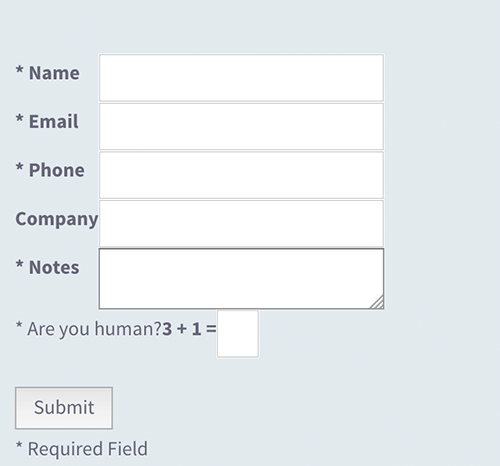Web Site Accessibility
Making Websites Usable by People of All Abilities
Web accessibility refers to the practice of making websites usable by people of all abilities and disabilities. When sites are correctly designed, developed and edited, all users can have equal access to information and functionality. For example, when a site is coded with semantically meaningful HTML, with textual equivalents provided for images and with links named meaningfully, this helps blind users using text-to-speech software and/or text-to-Braille hardware. When text and images are large and/or enlargable, it is easier for users with poor sight to read and understand the content. When links are underlined (or otherwise differentiated) as well as coloured, this ensures that color blind users will be able to notice them. When clickable links and areas are large, this helps users who cannot control a mouse with precision. When pages are coded so that users can navigate by means of the keyboard alone, or a single switch access device alone, this helps users who cannot use a mouse or even a standard keyboard.
When videos are closed captioned or a sign language version is available, deaf and hard of hearing users can understand the video. When flashing effects are avoided or made optional, users prone to seizures caused by these effects are not put at risk. And when content is written in plain language and illustrated with instructional diagrams and animations, users with dyslexia and learning difficulties are better able to understand the content. When sites are correctly built and maintained, all of these users can be accommodated while not impacting on the usability of the site for non-disabled users.
Chargers with Automatic Motorized Cable Management
EV Support Products read more
- Networking & software integration
- Ethernet, cellular and other radio communications
- Wi-Fi compatible
- Payment Module
- Hand-held charger installation testing devices
- A variety of secure charger activation options
- Remote control monitoring and management of charger networks
